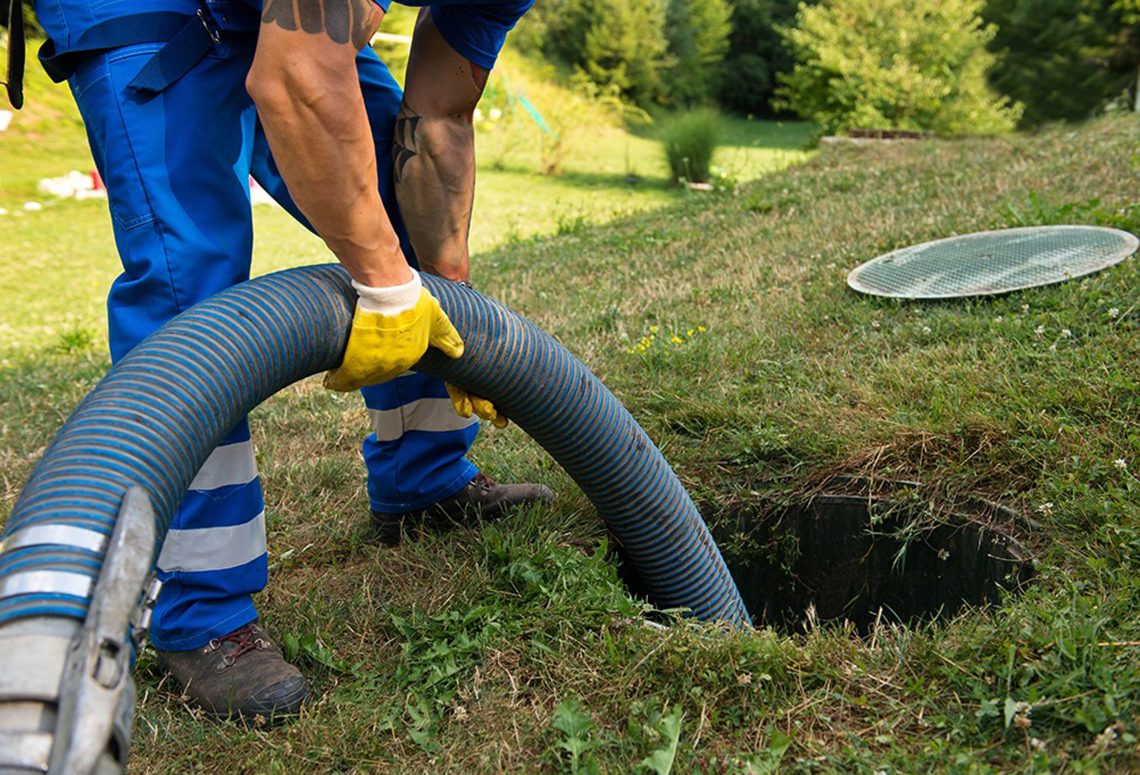For many homeowners, a septic tank is an out-of-sight, out-of-mind part of the property. But this essential system for wastewater treatment requires regular maintenance to function correctly. A key part of this upkeep is having your septic tank emptied. Neglecting this task can lead to serious problems for your property and the environment.
This guide will walk you through why septic tank emptying is important, how often it should be done, and what to look for in a service provider. Understanding these basics will help you maintain a healthy and efficient system for years to come.
Why Emptying Your Septic Tank Is Important
Regularly emptying your septic tank is crucial for preventing system failures. Over time, solid waste builds up at the bottom of the tank, forming a layer of sludge. If this sludge isn’t removed, it can clog the system and cause wastewater to back up into your home or garden. This can result in foul odours, slow drains, and even property damage that is expensive to repair.
Beyond the cost to your home, a failing septic system poses a significant environmental hazard. Untreated sewage can seep into the ground, contaminating local soil and groundwater. This can pollute nearby streams, rivers, and drinking water sources, creating a health risk for the surrounding community and local wildlife. Regular emptying helps protect both your property and the environment.
How Often Should You Empty Your Septic Tank?
The frequency for emptying your septic tank depends on two main factors: the size of your household and the size of your tank. A larger family will produce more wastewater, causing the tank to fill up more quickly. Similarly, a smaller tank will need to be emptied more often than a larger one.
As a general guideline, most septic tanks require emptying every one to three years. However, your service provider can offer a more precise recommendation based on a direct inspection of your system. They can assess the sludge levels and help you establish a maintenance schedule that fits your specific needs.
The Septic Tank Emptying Process
When you book a septic tank emptying service, a specialised tanker vehicle will arrive at your property. The technician will first locate and open the access lid of your septic tank. A large hose is then inserted into the tank to pump out the accumulated sludge, scum, and wastewater.
The technician will work to remove all the contents, often using tools to break up any compacted solids. Once the tank is empty, they may perform a quick visual inspection to check for any signs of damage or issues. The waste is then transported to a licensed treatment facility for safe and proper disposal. The entire process is usually completed within a few hours.
Choosing a Septic Tank Emptying Service
Selecting the right company for the job is important for the health of your septic system. When choosing a service provider, first confirm that they hold a valid waste carrier licence from the Environment Agency. This confirms they are authorised to handle and dispose of sewage waste legally and responsibly.
Experience is another key factor. Look for a company with a proven track record in your local area. An experienced provider will have the knowledge to handle different types of septic systems and can offer valuable advice on maintenance. Reading customer reviews can also provide insight into the company’s reliability and quality of service.
Maintain Your System’s Health
Regular septic tank emptying is a fundamental part of responsible homeownership. It prevents costly damage, protects the environment, and keeps your wastewater system running smoothly. By understanding how your septic tank works and partnering with a reputable service provider, you can avoid unexpected issues and extend the life of your system.





